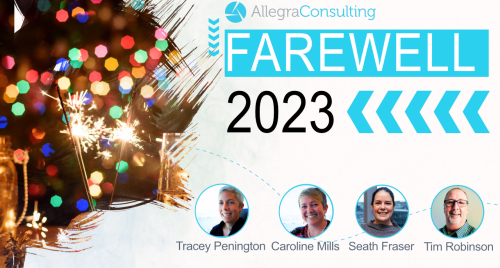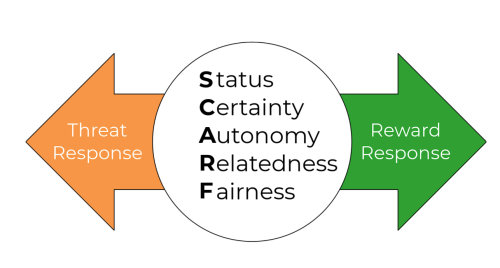
Agile and waterfall are two different approaches to managing change, and whichever one you choose depends on the specific needs and context of each change initiative.
The waterfall approach follows a linear sequential process, including several stages, such as planning, design, implementation, and testing. Each stage has to be completed before moving on to the next. This approach is better suited for well-defined, stable, and predictable projects. It is often referred to as a more traditional approach to project management.
On the other hand, the Agile approach involves breaking down a project into smaller and manageable parts called iterations. In each iteration, the product or solution is developed incrementally. Agile is suited for dynamic projects that require a lot of flexibility and quick responses to change. Communication and collaboration are fundamental values of this approach.
In terms of change management, the waterfall approach is better suited for planned and predictable changes that can be addressed linearly, whereas the agile approach is better for complex and unpredictable changes that require ongoing feedback and constant adjustments.
The choice between waterfall and Agile will depend on the nature of the changes to be implemented.
Principles that are relevant to both approaches
Certain change management principles apply to both agile and waterfall projects. These principles help ensure that the changes are implemented effectively and that individuals and the organisation adapt to the new ways of working.
Here are some principles that are relevant to both approaches:
Clearly define the change
It is essential to clearly understand what the changes are, why they are needed, and what the expected outcomes are. This helps get stakeholders’ buy-in and ensures everyone works towards the same goals.
Identify and engage stakeholders
The changes can impact stakeholders differently, and they may have different opinions about them. Engage them early and frequently to understand their concerns and gather their input.
Communicate effectively
Communication is critical in managing change. Use a variety of channels to communicate the changes, the benefits, and what is expected of everyone. Be transparent and respond to questions, concerns, and feedback promptly.
Develop a change management plan
A comprehensive change management plan outlines the steps necessary to prepare for and implement the changes, including timelines, milestones, and accountabilities. Make sure the plan aligns with the overall project plan.
Build a coalition of support
Building a coalition of support involves identifying champions, key influencers, and senior leaders who can help drive the changes and provide support and guidance to others in the organisation.
Monitor progress and adjust as necessary
Track and monitor progress against the plan and adjust the plan as needed based on feedback and unexpected challenges.
Celebrate successes and learn from failures
Celebrating successes and learning from failures helps to recognise and reinforce positive behaviours and outcomes and identify areas for improvement.
By following these change management principles, both agile and waterfall projects can increase the chances of successfully implementing the changes and achieving the
The Change Space provides a suite of essential change management resources for change practitioners and those wanting the tools and resources to develop change management capability. This change management toolkit is designed to help individuals and organisations manage change effectively by providing a structured change management framework for planning, executing, and evaluating change initiatives. If you work in or are interested in, change and transformation industries, this toolkit is available at The Change Space.










